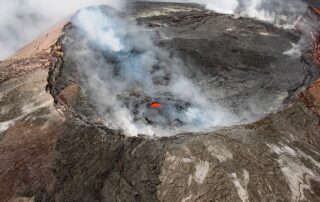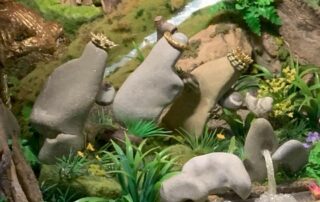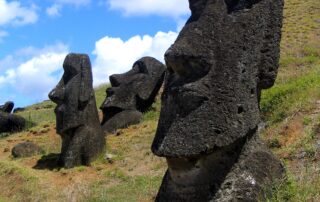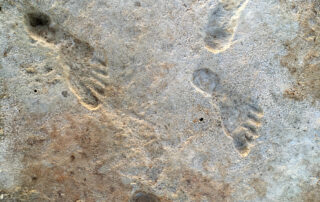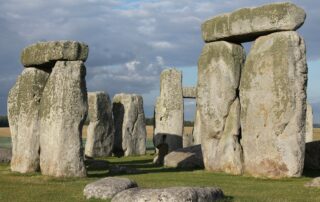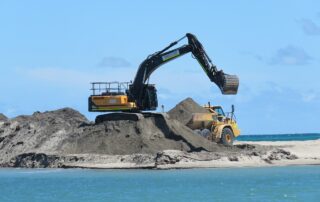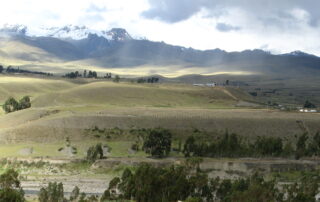Hot News About Kilauea
On Kilauea in Hawaii, between January 27 and February 1, 2024, scientists have observed more than a thousand earthquakes and ground deformation that indicate pulses of magma are moving at shallow depth beneath the surface. The Hawaiian Volcanic Observatory (HVO) is closely monitoring this activity and notes that an eruption could occur with little warning.
